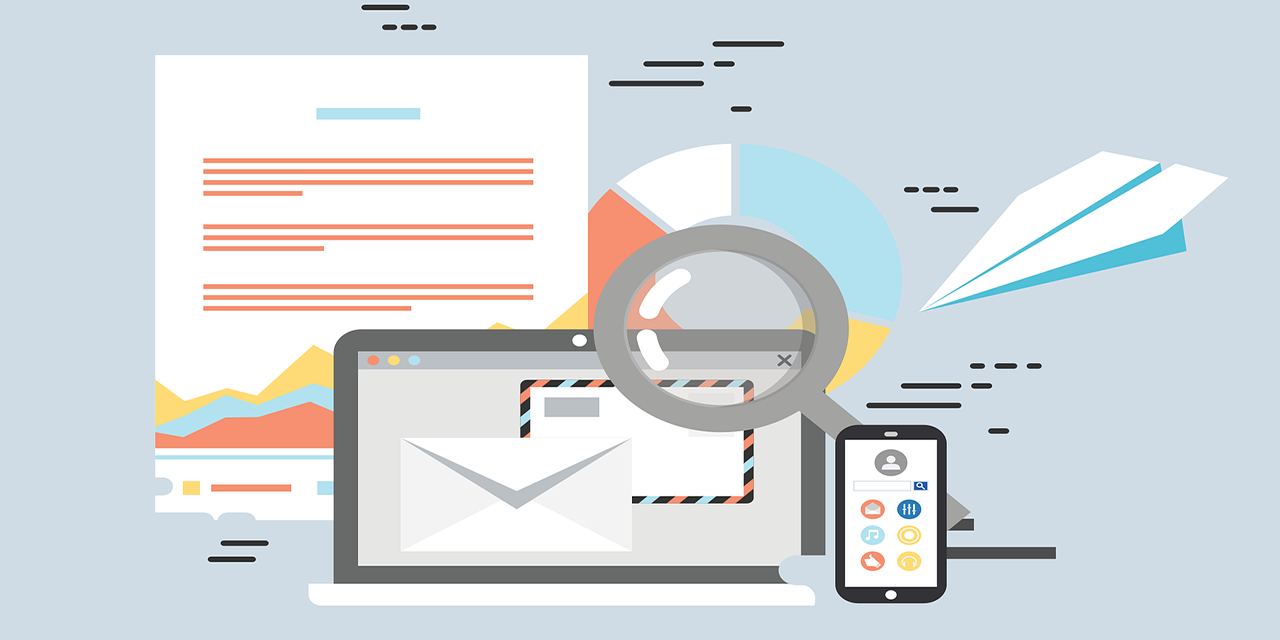Chief Marketing Officers (CMOs) have colossal amounts of data at their fingertips. Some have too much data. Forced to work with long, daunting spreadsheets or dull pie charts and graphs, many CMOs find it nearly impossible to make all of their marketing data engaging and insightful.
This is why modern CMOs need dynamic, state-of-the-art visualization software to breathe life into their data. Power BI’s marketing features are among the best at finding complex relationships between data sets and displaying these patterns with dazzling visuals. When you use Power BI for marketing, you’ll be able to interact with your data like never before. You’ll leverage key marketing insights to captivate even the most elusive of audiences.
Why You Should Use Power BI for Marketing
Microsoft’s Power BI is a comprehensive visualization tool that displays complex marketing data sets (such as email campaigns, social media engagement stats, or keyword analysis) in a compelling visual form. there are hundreds of ways to gather data on your customers, products, and competitors. Many CMOs are stuck going through each one of these data sources on a regular basis and updating spreadsheets or charts by hand. This isn’t the best use of anyone’s time.
CMOs are creative and business savvy c-suite executives who should be focused on coming up with disruptive marketing strategies, not managing databases. By leveraging Power BI for marketing, CMOs save time and energy. They also make better decisions about the company’s overarching marketing strategy.
The Most Powerful Power BI Marketing Tools and Features
To use Power BI for marketing, CMOs should consider investing in a Pro or Premium license, as this allows them to do more with their data. Power BI’s Pro and Premium services work by connecting to multiple data sources at the same time. You can export data from social media websites, automated mailing list services, paid keyword services, and more. Once your data is in the system, you can then create relationship models in Power BI by clicking and dragging one data set over another from the Manage Relationship tab.
After specifying which data sets you want to compare on a deeper level, you’ll select visual aids that best match the type of data you’re analyzing. For example, you could build a column and line chart to track how often your products are mentioned in news stories or blogs and compare this to how much traffic these stories received.
You’ll find a wide variety of templates like these in Power BI’s marketing visuals list. Or, if you’re skilled with graphic design and Power BI, you can also create a custom visual of your own.
Another great way to use Power BI for marketing is to build a visualization dashboard that contains multiple visual aids on a single page. You can even include filters that enable you to make changes to the data in real time or drill down to the key performance indicators (KPIs) that matter. With everything on one page, it’s easy to see what needs to be done to improve engagement or products.
With Power BI’s marketing tools and dashboards, you can:
- Evaluate ad campaigns: You’ll see how well your paid keywords or PR stories are performing online and can compare this data to organic search results, news articles, or backlinks.
- Perform ad-hoc analysis: If another c-suite executive wants to see how a specific product is performing, it’s easy to pull this information up in Power BI within moments.
- Get inside your customers’ heads: It’s difficult to know exactly what your audience thinks about a product without building complex marketing models to track these opinions. Power BI’s marketing dashboards enable you to look at every product from multiple perspectives and figure out exactly who buys them. You’ll zero in on your target audience and identify key demographics whose needs aren’t being met yet.
- Emphasize customer advocacy: More businesses are taking a customer-centric approach to marketing, and this is paying off. When customers feel cared for and supported, they’re more likely to remain loyal to your brand. CMOs can improve customer advocacy by tracking customer surveys, sales funnels, and other metrics with Power BI.
These are just a few of the tasks you can perform when you use Power BI for marketing. This is a flexible and comprehensive tool that CMOs can use for a wide number of tasks. However, Power BI’s marketing features have their limits. Some of the most innovation-oriented CMOs may need a visualization software tool that does more than just display marketing data in a compelling way.
Should CMOs Use Power BI for Marketing?
Most CMOs love the simplicity and elegance of Power BI’s marketing visuals. The main limitation of this software is that it isn’t as useful for CMOs who perform predictive marketing analysis, automated data analysis, or who need help collecting higher quality data.
- Predictive marketing analysis is only available in Power BI if CMOs connect the software to another predictive database that uses machine learning algorithms or other advanced predictive modeling. This system may be time-consuming and costly to implement and requires some knowledge of data science.
- Automated data analysis is limited in Power BI because the system can’t be programmed to alert you when data falls outside of a normal range. You’ll have to look at each visual yourself to determine what it says and then brainstorm your own solutions.
- The quality of the data is variable in Power BI. The software can perform some basic data normalization, but it can’t recommend what types of data you should collect in order to get the best results. You’re also limited to analyzing smaller data sets, as the software can’t handle extremely large databases.
How can CMOs use Power BI for marketing without running into these hurdles? By hiring a third-party data analysis firm to build a custom marketing dashboard, CMOs can get all of the best features of Power BI without any of these downsides.
A data analytics firm will start by performing a detailed marketing audit and determining what types of data you should be collecting. From here, the firm will set up an efficient system for collecting, normalizing, and storing this data securely. Once the data is stored properly, the firm will build you a custom marketing portal than contains multiple visual dashboards designed to analyze every aspect of your marketing strategy. You can also use this system to generate reports, create new visuals, and share your findings with your team.
A data firm can also connect these dashboards to a predictive analytics system designed to help you make more strategic decisions. And, the firm will program the database to update automatically and alert you to unexpected changes in real time.
These tools make it easy to perform the most advanced marketing analysis in moments. With help from a team of experienced data scientists, there are virtually no limits to what CMOs can achieve.
Collecting and analyzing marketing data doesn’t have to be complicated. To get started, contact Tek Leaders today. Our marketing data experts will build a custom visualization dashboard for you that includes all of the most important insights you’ll need to engage with your customers. If you have more questions about Power BI’s marketing visuals and features, you can reach us by email directly.
Shashank Reddy Tummala.



